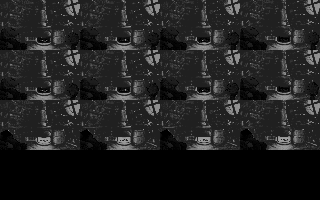First post, by Cyclone31
I just started playing around with dosbox to get some of my favorite games to work. I want to start by saying how impressed I am with how well dosbox works. Excellent work guys. 😁
I also want to comment on the improvements I am seeing running Lemmings2 under the latest CVS (01/20/2004) vs. 0.60 (Running Linux kernel 2.6, Pentium 3 500 MhZ, 256MB Ram) :
1) Overall performance with CVS is better. Using the dynamic core, I can run the game with flawless sound and music at higher cycles (5400 vs. 2800) and fewer skipped frames (4 vs. 5). This might not seem like much, but the increase cycles especially seem to make a large difference in load times.
2) 0.60 wouldn't play the intro sequence at all. It would fail with a message about an unhandled CPU opcode. With the latest CVS, the intro sequence almost completes before failing with an unhandled CPU opcode.
The only issues I notice now are:
1) Odd graphical glitches during intro sequence - While playing certain parts of the intro animation, certain sprites seem to be duplicated partially on another part of the screen. ie. There's a lemming in the animation in the lower part of the screen and you also see a "scratchy" version of this same lemming incorrectly drawn in the upper left (I'll try to post a screenshot later)
2) Intro still fails with unhandled CPU opcode. -- I'll have to try this again later with the other cores to see if this is only related to using the dynamic core.
I'd love to try and squash these bugs (if only to make dosbox more complete) if anyone wants to point me in the direction of using the debugger.


